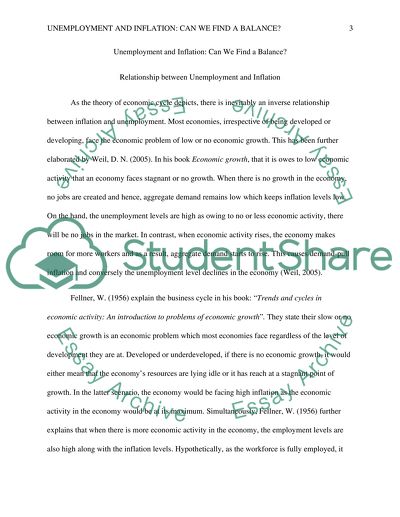Cite this document
(“Economic Policy Recommendation. Unemployment and Inflation: Can we Essay”, n.d.)
Retrieved from https://studentshare.org/macro-microeconomics/1397092-economic-policy-recommendation-unemployment-and-inflation-can-we-find-a-balance
Retrieved from https://studentshare.org/macro-microeconomics/1397092-economic-policy-recommendation-unemployment-and-inflation-can-we-find-a-balance
(Economic Policy Recommendation. Unemployment and Inflation: Can We Essay)
https://studentshare.org/macro-microeconomics/1397092-economic-policy-recommendation-unemployment-and-inflation-can-we-find-a-balance.
https://studentshare.org/macro-microeconomics/1397092-economic-policy-recommendation-unemployment-and-inflation-can-we-find-a-balance.
“Economic Policy Recommendation. Unemployment and Inflation: Can We Essay”, n.d. https://studentshare.org/macro-microeconomics/1397092-economic-policy-recommendation-unemployment-and-inflation-can-we-find-a-balance.


